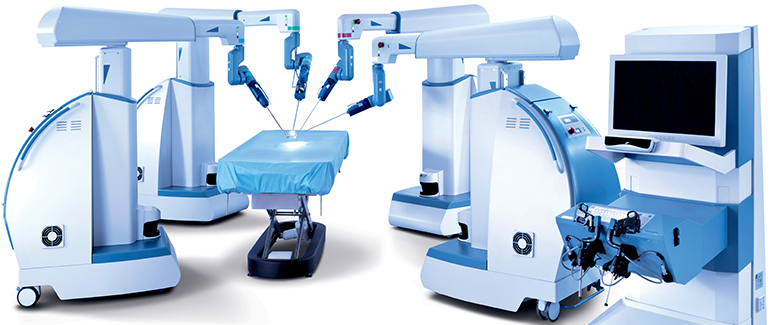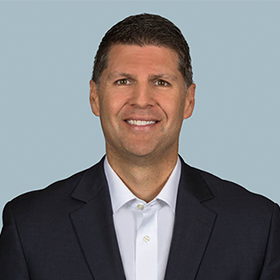Medical device and MedTech insights, news, tips and more
The Future of Surgical Robotics: Interview with CEO of TransEnterix
November 14, 2016


TransEnterix is a late stage surgical robotics company founded in 2006. The company is dedicated to improving clinical outcomes through the use of robotics in surgery. TransEnterix acquired the surgical robotics division of SOFAR S.p.A in 2015 which included the TELELAP ALF-X advanced robotic system. TransEnterix is now focusing on commercialization of this platform as the Senhance robotic system. We had the opportunity to sit down with the CEO of TransEnterix, Todd Pope, to discuss the future of surgical robotics and positioning of the Senhance system in the market.
 William Kethman, MD, Medgadget: Can you tell us about TransEnterix and what you see as the future of robotic surgery?
William Kethman, MD, Medgadget: Can you tell us about TransEnterix and what you see as the future of robotic surgery?
Todd Pope, TransEnterix: TransEnterix is focused on the development of surgical robotics to improve the performance and lessen the invasiveness of surgery. We seek to enhance the capabilities of surgeons by providing a sense of touch, improved visual control, superior ergonomics, and precision during complex surgery using small instruments that require minimal incisions. We believe that the role of robotic assistance in surgery has just begun, with many more procedures benefiting from this new technology and a growing accessibility to surgeons and patients alike.
Medgadget: What differentiates the Senhance system in the market?
Pope: Surgeons can use the Senhance for a wide range of general surgery, urology, thoracic and gynecologic conditions that are both cancer-related and benign.
Additionally, the Senhance is unique in the sense that it offers advanced features that no other approved robot on the market is offering. The Senhance is the first system in clinical use that brings haptic force feedback to robotic surgery. This feature enables the surgeon to feel the level of force applied during delicate tasks. The Senhance also enhances visual control with an innovative eye-sensing system that allows the surgeon to seamlessly control their vision by simply moving their eyes during a robotic surgery procedure, allowing them to operate without having to stop using their instruments in order to move a camera. This is a significant game changer, especially when considering the level of precision required during surgery. The Senhance also offer wristed instrumentation that helps surgeons maneuver instrument tips in tight spaces.
The system is also unique in that it minimizes disruption by allowing surgeons to utilize the hospital’s existing investments in operating room beds, sterilization equipment, and trocars and is specifically designed to perform multi-quadrant surgeries. This means that hospitals can use The Senhance at a cost that is similar to current manual laparoscopy. In an era of continued pressure on operational costs, The Senhance can greatly increase the cost-benefit equation of adding robotic assistance.
Medgadget: What are you plans for FDA clearance of The Senhance for use in the US?
Pope: We are already cleared via CE Mark, and we are working diligently to submit The Senhance to the FDA for use in the United States. In early June, we submitted The Senhance’s pre-submission to the FDA. The CE Mark is accepted in over 40 counties and gives us a wide geography to build out our initial footprint of Senhance users.
Medgadget: Can you speak in more detail about the economic drivers behind the use of Senhance?
Pope: Currently, robotic surgery does not have its own reimbursement codes. In many countries, the patient must pay out of pocket if a robotic system is used. This leads to the vast majority of the robotic procedures done today to be in the United States. There is so much value that can be added by robotic assistance, but the impact is being severely limited by high per procedure costs. That’s why Senhance is designed to keep the actual operating costs low by using fully reusable instruments, just like most laparoscopic procedures. The future growth of robotics will need to come from converting procedures from manual laparoscopy to robotically enhanced laparoscopy. Operative costs must be close to traditional laparoscopy in order for much of this transition to occur.
Read Full Article – Source: The Coming Future of Surgical Robotics: Interview with CEO of TransEnterix | Medgadget
Author – WILLIAM KETHMAN
